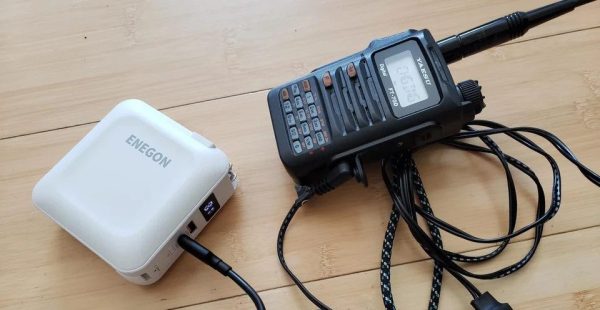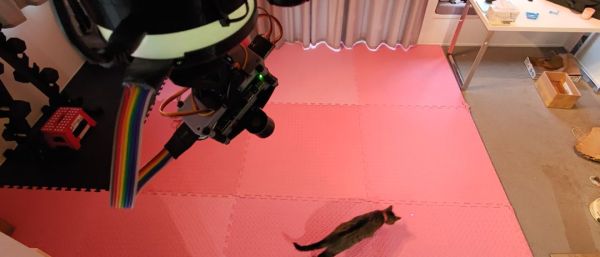Even though manufacturers of handheld ham radios have been busy adding all sorts of bells and whistles into their portable offerings, for some reason, many of them lack a modern USB-C port. In the same vein, while some have USB for programming or otherwise communicating between the radio and a computer, very few can use USB for power. Instead , they rely on barrel jacks or antiquated charging cradles. If you’d like to modernize your handheld radio’s power source, take a look at what [jephthai] did to his Yaesu.
In the past, USB ports could be simply soldered onto a wire and used to power basically anything that took 5 VDC. But the radio in question needs 12 volts, so the key was to find a USB-C cable with the built-in electronics to negotiate the right amount of power from USB-PD devices. For this one, [jephthai] cut the barrel connector off his radio’s power supply and spliced in some Anderson power pole connectors so he could use either the standard radio charger or one spliced onto this special cable.
With this fairly simple modification out of the way, it’s possible to power the handheld radio for long outings with the proper USB battery bank on hand. For plenty of situations this is much preferable to toting around a 12 V battery, which was the method of choice for powering things like QRP rigs when operating off-grid.















